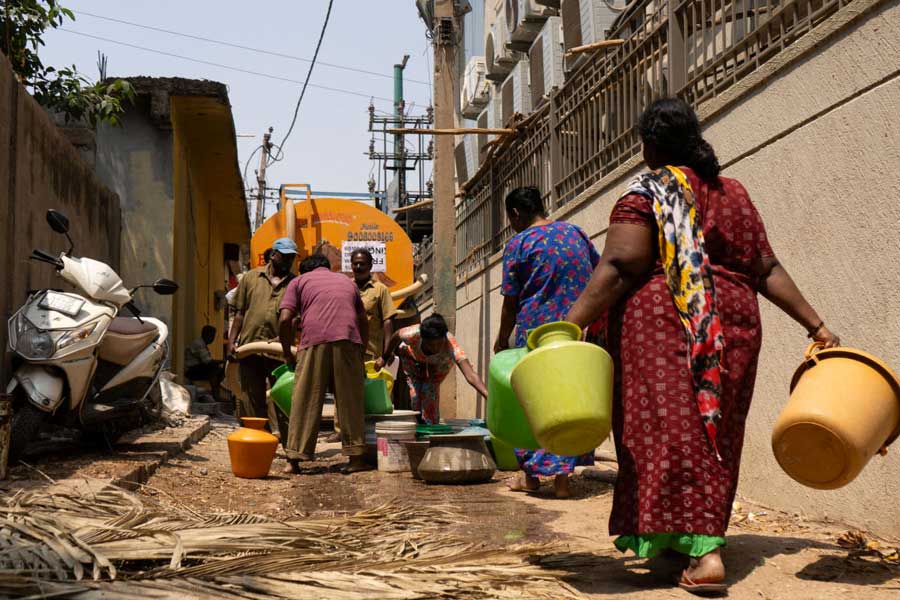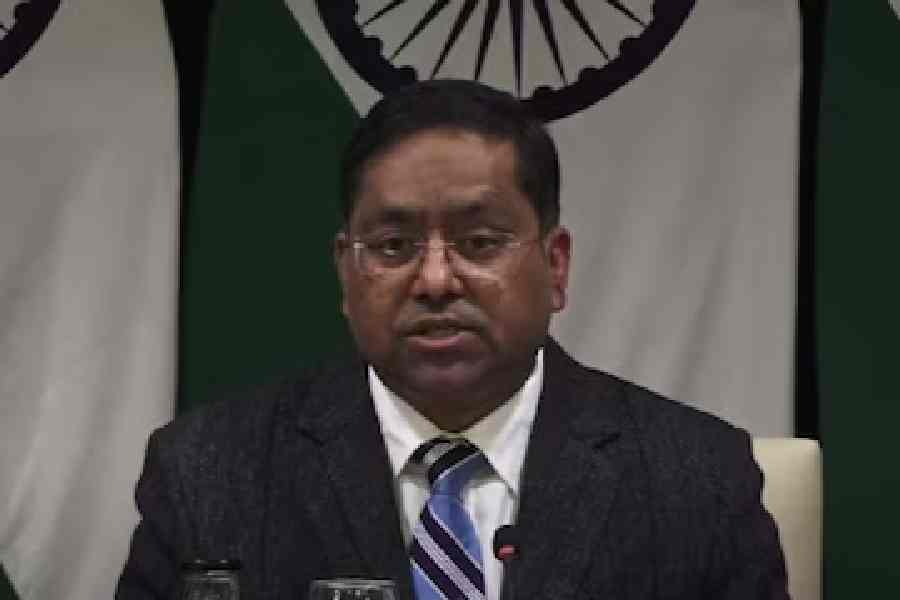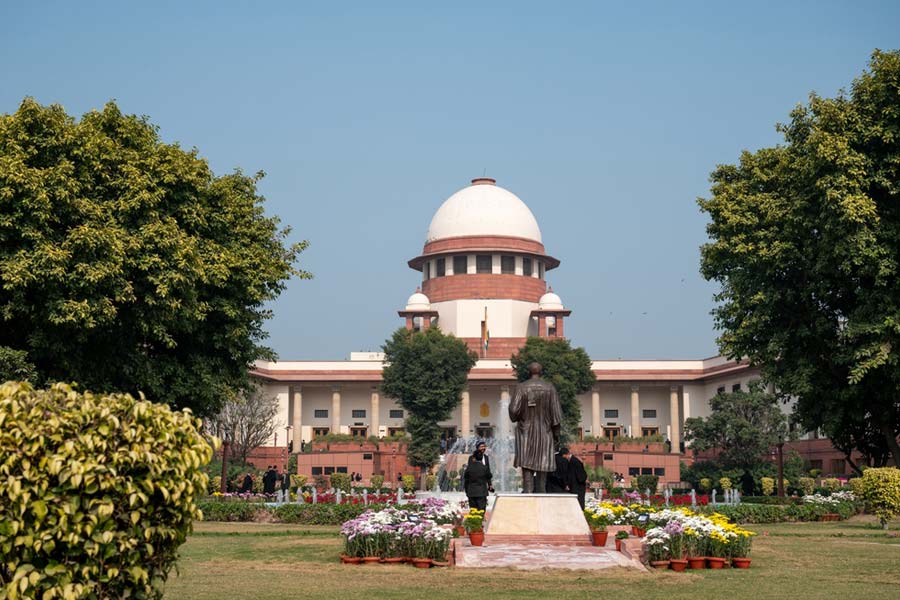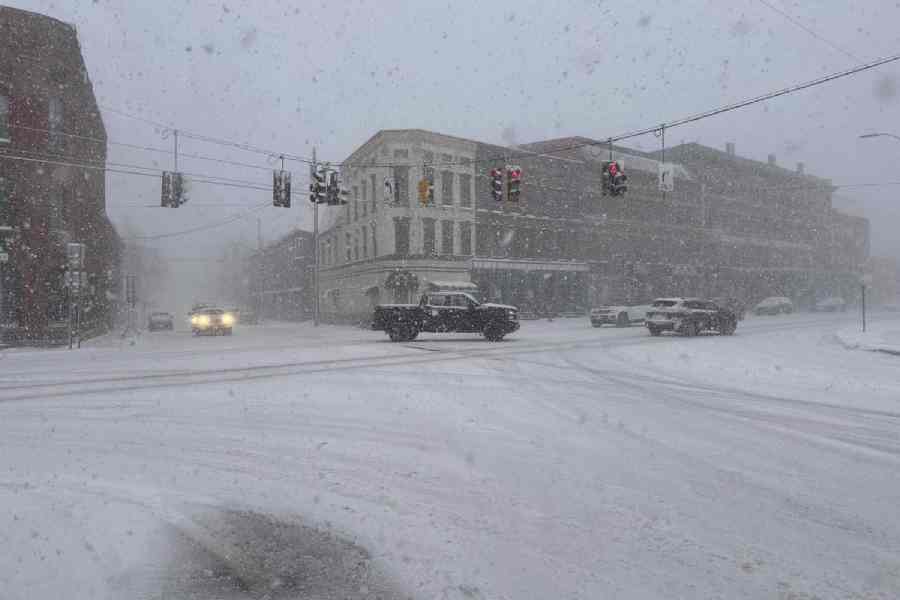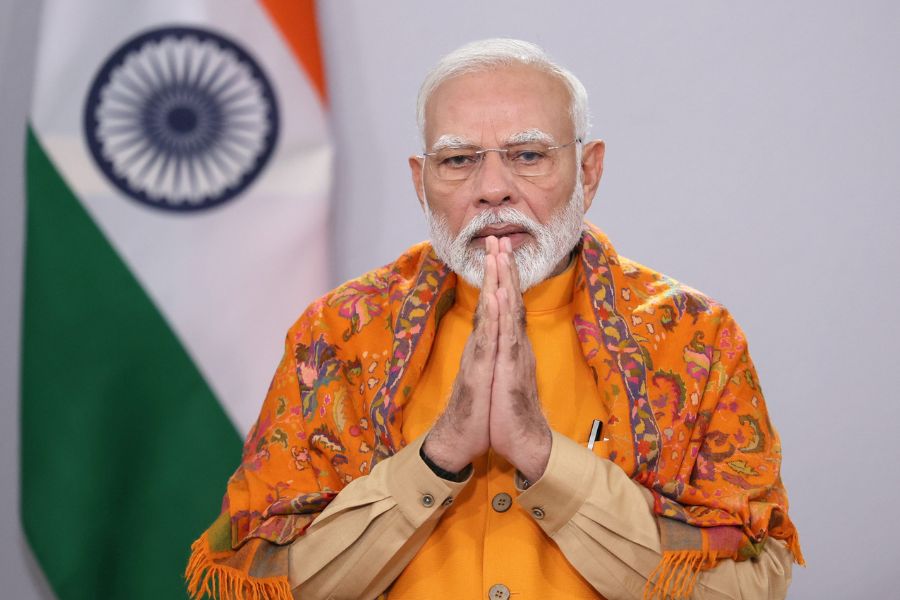India's main reservoirs have hit their lowest March levels in five years, government data showed, indicating a possible squeeze on drinking water and power availability this summer.
In major centres such as India's 'Silicon Valley' Bengaluru, home to firms like Google, water supply is already being curtailed.
The 150 reservoirs monitored by the federal government -which supply water for drinking and irrigation and are the country's key source of hydro-electricity - were filled to just 40 per cent of capacity last week, government data showed.
In the southern state of Karnataka, home to Bengaluru, the main reservoir was down to 16 per cent capacity.
Water reserves are the lowest for March since 2019, when reservoir capacity fell to 35 per cent and saw southern cities such as Chennai run out of water.
The situation could escalate the crisis in central and southern cities which face extreme heatwaves in April and May. India's water resources get replenished only around June with pre-monsoon and monsoon rains.
In other industrial states such as Maharashtra, Andhra Pradesh and agricultural states Uttar Pradesh and Punjab levels are below their 10-year averages.
Longer term, there is a risk of water wars if governments do not act now, said Sandeep Anirudhan, convener of the Coalition for Water Security.
The low water levels follow a monsoon season last year that saw the lightest rains since 2018, after the El Nino weather pattern made last August the driest in more than a century. The monsoon was also uneven, with some areas receiving more rain than others.
A senior official in the federal power ministry said the ministry is monitoring reservoir levels but does not yet anticipate a situation that could lead to a shutdown of plants.
"If the situation becomes worse due to lack of rains, drinking water supply will get priority over power generation," he said.
The federal water resources ministry and the water commission did not respond to e-mailed requests for immediate comment.
India's hydro generation in the 10 months from the beginning of the current financial year which began last April is down 17 per cent despite strong electricity demand.
Hydropower generation in Asia has plunged at the fastest rate in decades amid sharp declines in China and India.

